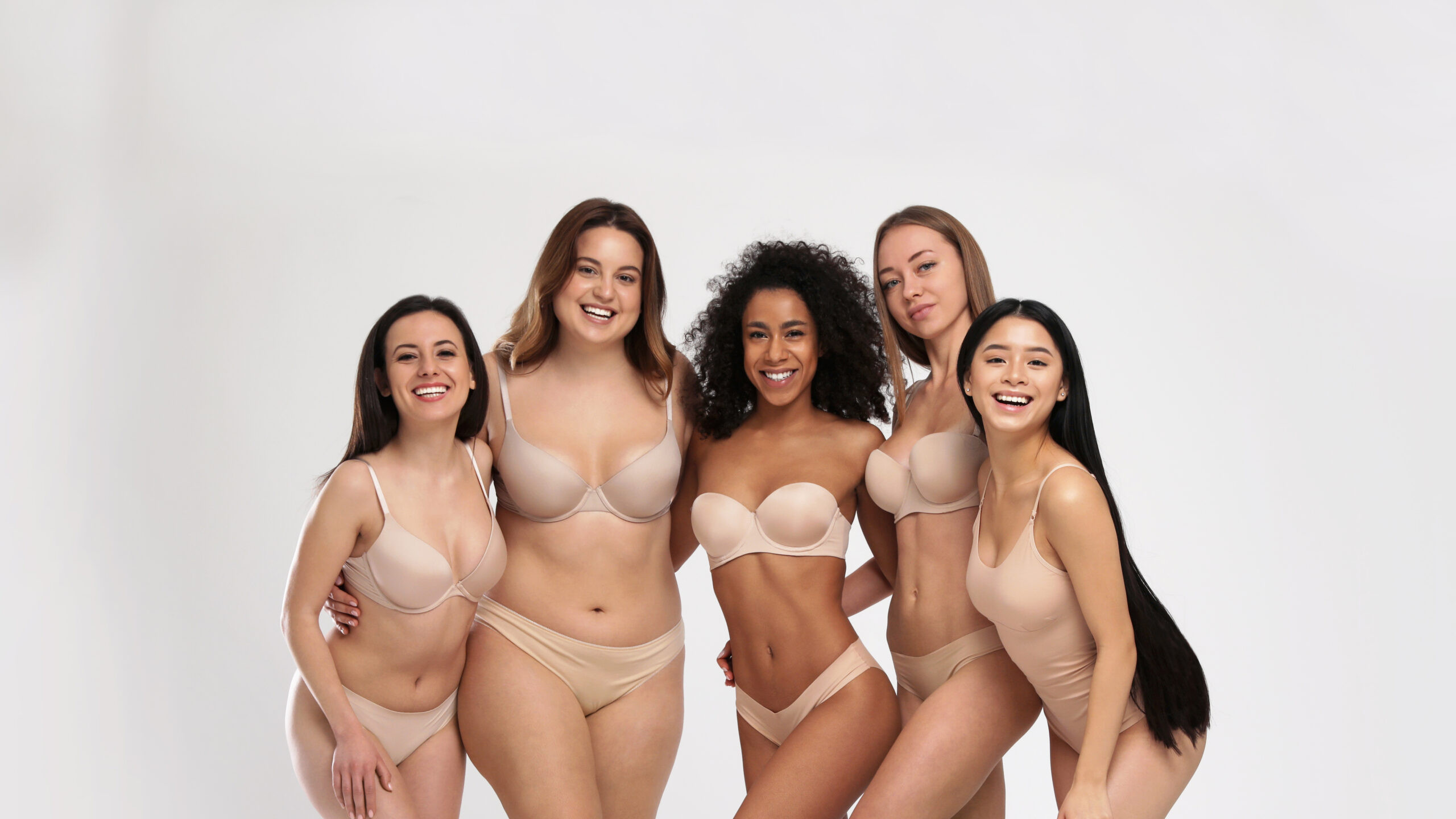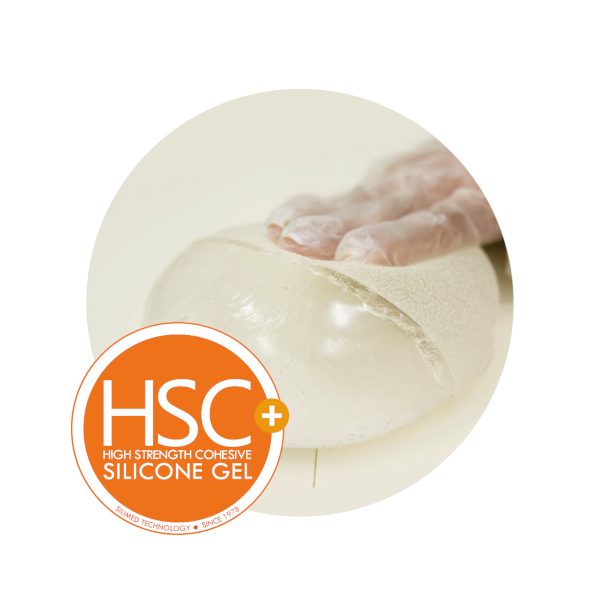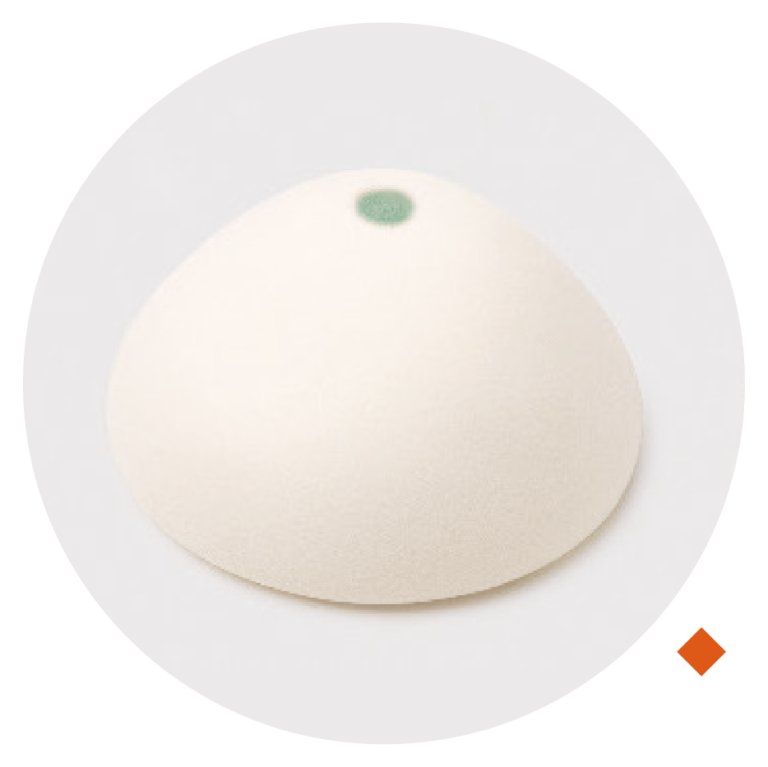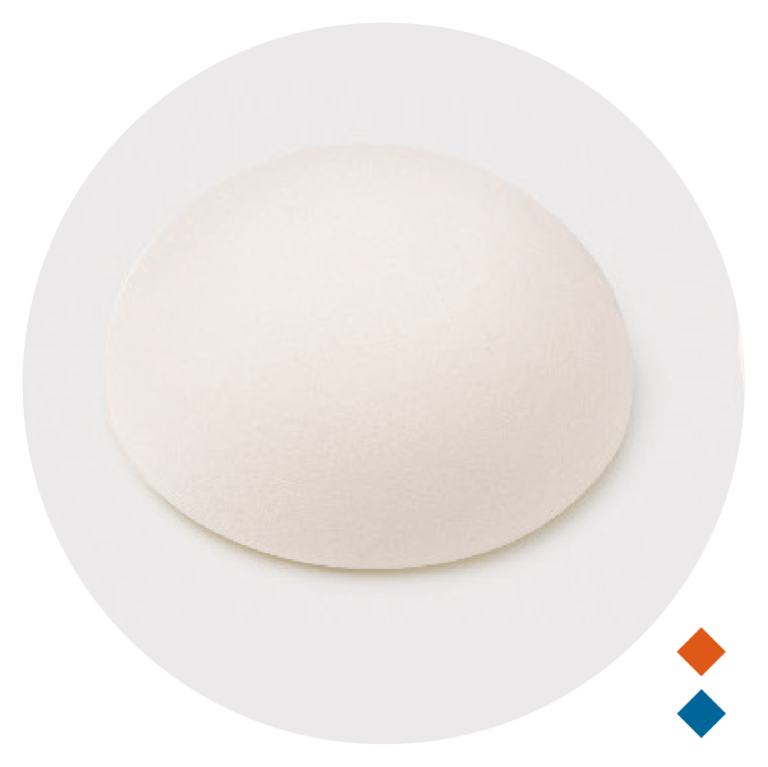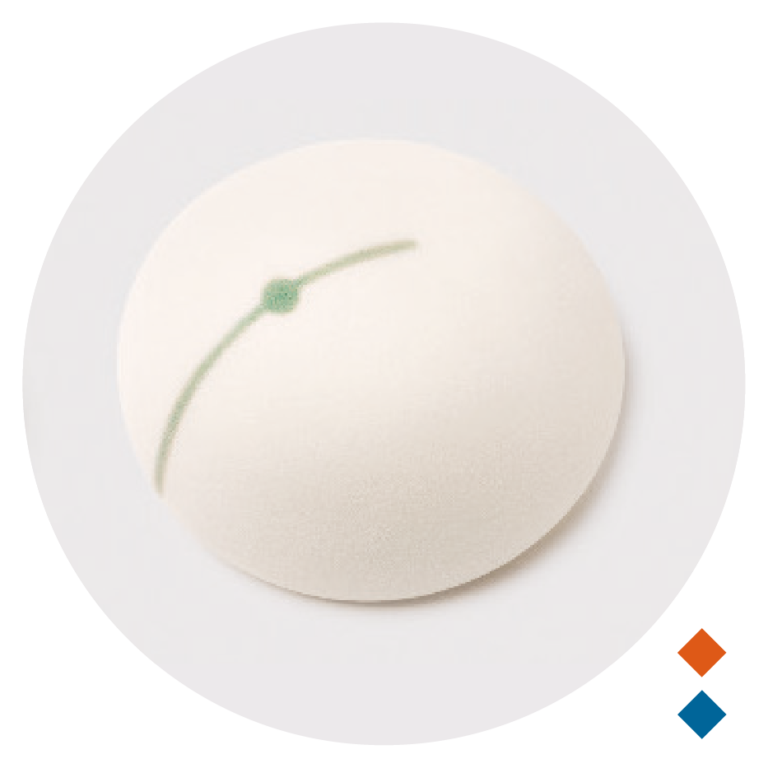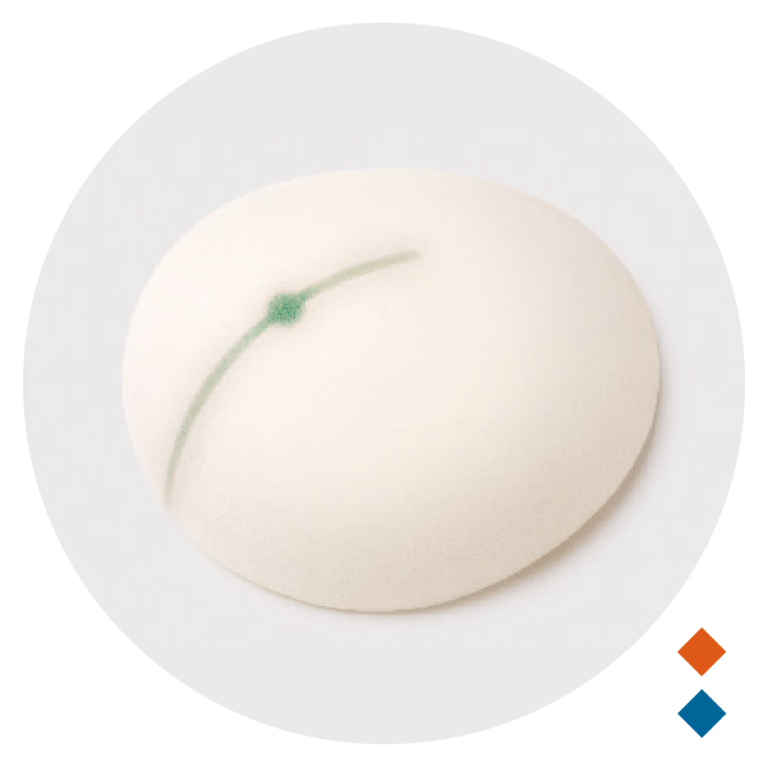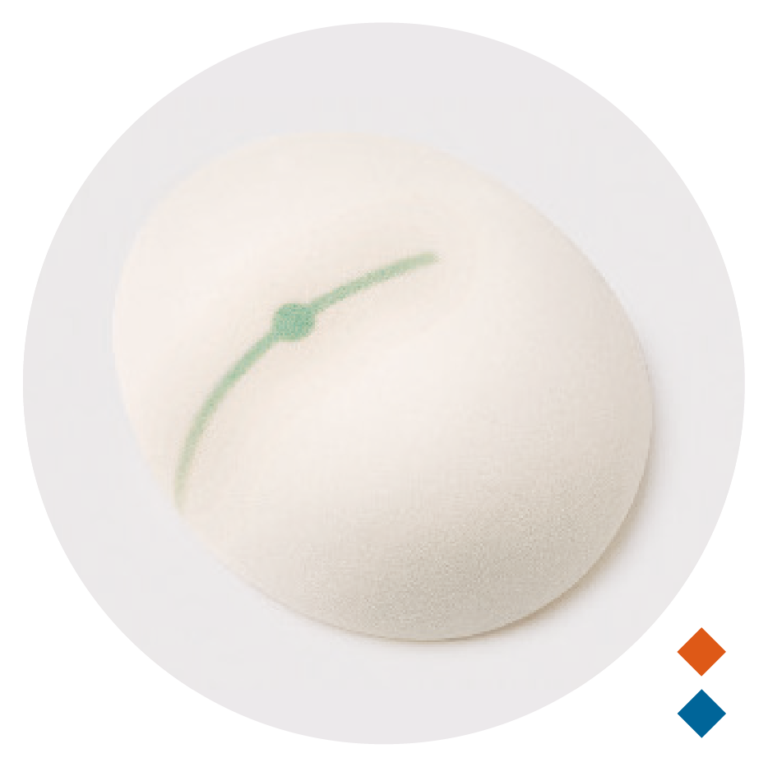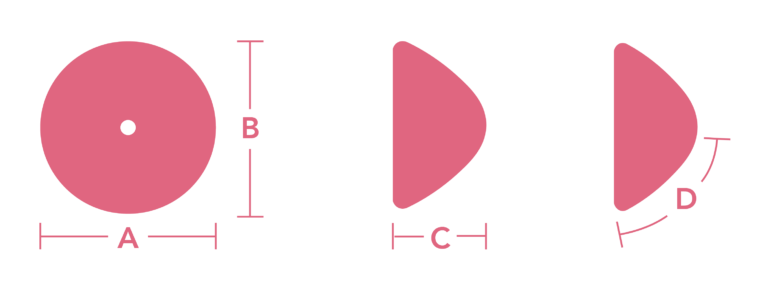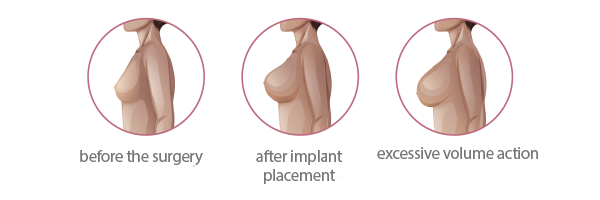Surface
Studies indicate that the type of implant surface can directly influence the outcome of the procedure. Silimed offers two surface
options for breast implants:
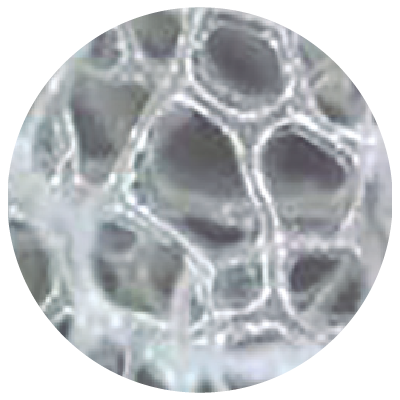
PURE POLYURETHANE
- Low rate of capsular contracture of 1% in 10 years.¹
- The 3D collagen matrix formed interwoven within the polyurethane foam causes a Velcro-like adhesion.²
- Its adhesion ability reduces the risk of rotation and displacement.²
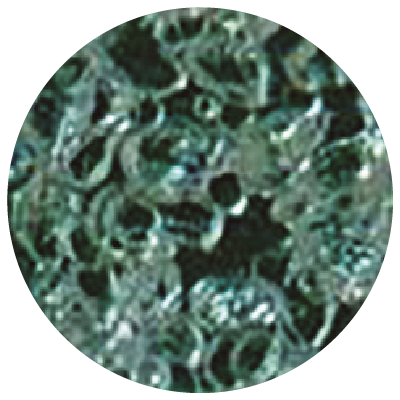
TRUE TEXTURE
- Own texturing method with formation of open pores in the shell, without using negative printing, sugar or sodium chloride.
- Low risk rate of capsular contracture of 8,7% in 9 years.³ Other manufacturers report rates of up to 17% over 10 years in primary breast augmentation surgery.⁴
REFERENCES:
- Vázquez G, Pellón A. Polyurethane-coated silicone gel breast implants used for 18 years. Aesthetic Plast Surg. 2007 Jul-Aug;31(4):330-6.
- FLEMING, D. Polyurethane foam covered breast implants. Peters, W. et. al. Biomaterials in plastic surgery: Breast Implants. Oxford, 2012, P. 96 - 120.
- Stevens WG, Calobrace MB, Harrington J, Alizadeh K, Zeidler KR, d’Incelli RC. Nine-Year Core Study Data for Sientra’s FDA-Approved Round and Shaped Implants with High-Strength Cohesive Silicone Gel. Aesthet Surg J. 2016 Apr;36(4):404-16.
- Spear SL, Murphy DK; Allergan Silicone Breast Implant U.S. Core Clinical Study Group. Natrelle round silicone breast implants: Core Study results at 10 years. Plast Reconstr Surg. 2014 Jun;133(6):1354-1361.
- Kinney BM, Jeffers LLC, Ratliff GE, Carlisle DA. Silicone gel breast implants: science and testing. Plast Reconstr Surg. 2014 Jul;134(1 Suppl):47S-56S.
- Product information available in the FLH 108 R03 - Product catalogue


